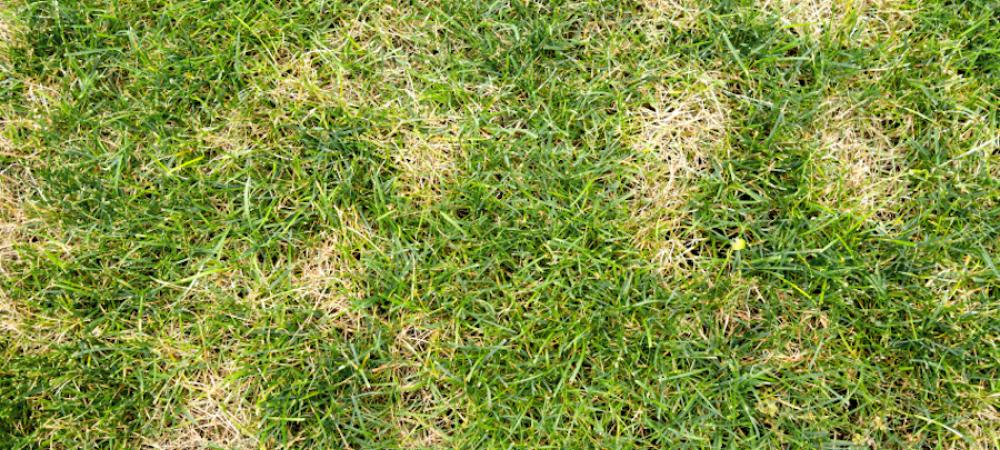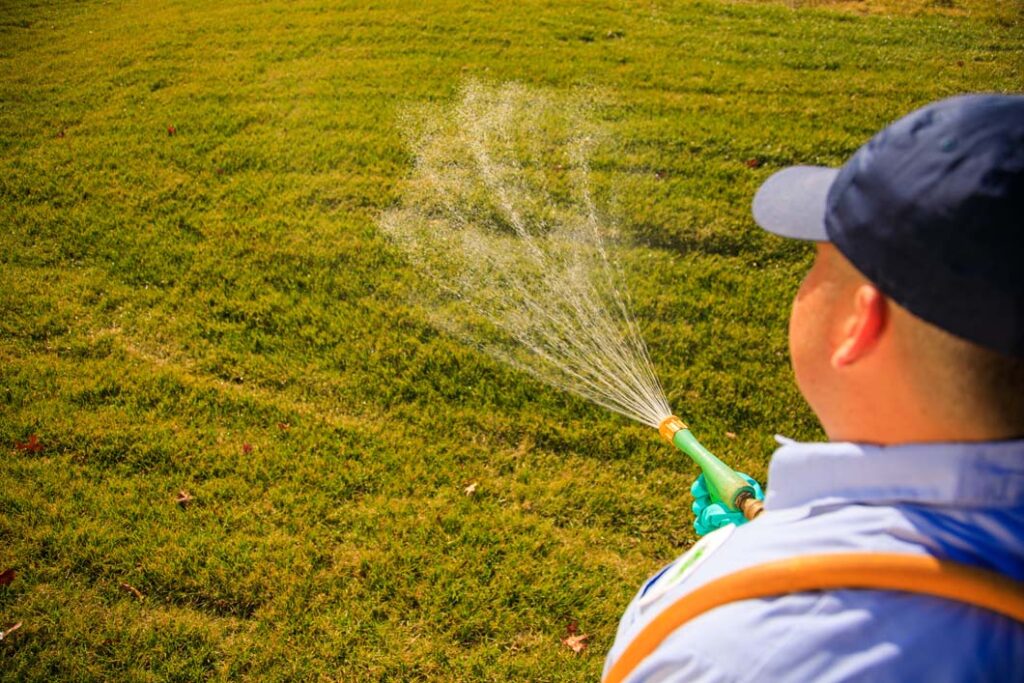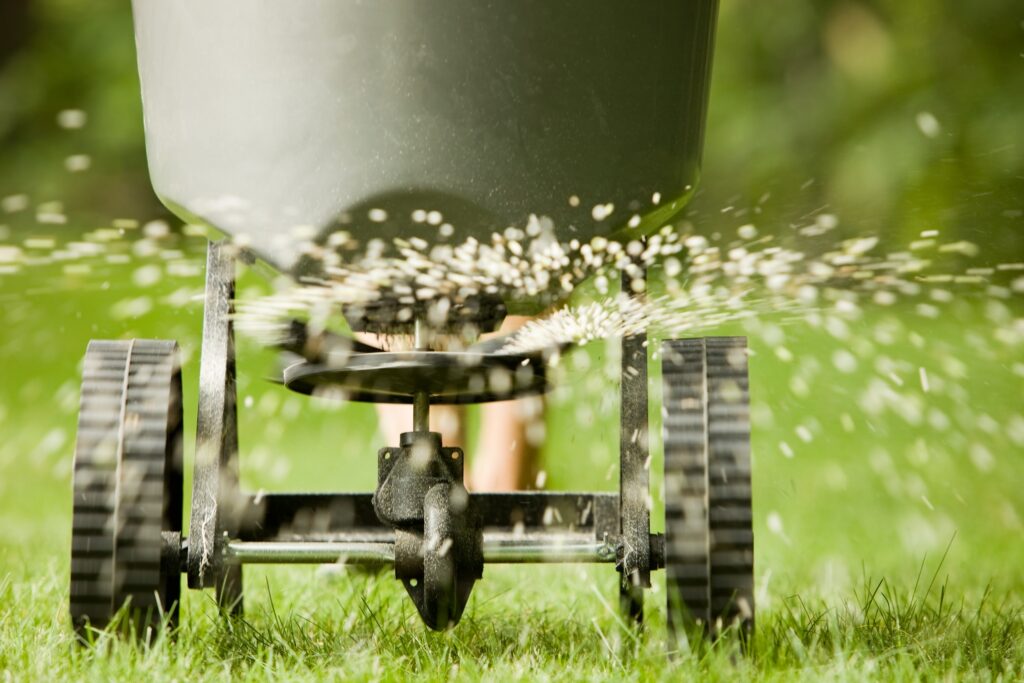
Not all lawn problems come from pests or weather. When your soil lacks the nutrients that grass needs to grow thick and green, there will be signs. You might notice more weeds than usual, dull or yellow patches, or areas that won’t fill in no matter how much you water.
In Roanoke and Lynchburg, VA, long spells of heat or heavy rain can wash away nutrients and leave your lawn looking tired. In Charlotte, NC, thick clay soil often keeps roots from getting what they need to grow strong.
If you’re seeing signs of stress, it’s a good time to check in on your soil’s condition.
Common Signs Your Lawn Is Nutrient Deficient
If your lawn doesn’t look great, it may be lacking essential nutrients. Here are some signs to watch for:
- Yellow or pale green grass
- Uneven growth or bare spots
- Increased weed presence
- Thinning or brittle grass blades
- Poor root development
What These Symptoms Mean
If your lawn is yellow, patchy, or weak, it may be missing essential nutrients.
- Nitrogen keeps your grass green and growing. If your lawn looks pale or yellow, it probably needs more nitrogen.
- Phosphorus helps roots grow deep and strong. Bare or thin spots may indicate that your lawn is deficient in phosphorus.
- Potassium helps grass stay tough in heat, drought, and disease. If your grass is dry or breaks easily, it might need more potassium.
Dry Grass vs. Nutrient-Deficient Grass
It’s easy to confuse dry grass with a nutrient problem. If your lawn is dry all over, it likely needs water. But if it’s patchy, faded, or full of weeds, poor nutrition may be the issue.
Soil Issues
Soil makes a big difference, too. In Roanoke and Lynchburg, older soil may not hold nutrients well.
In Charlotte, heavy clay soil can block roots from getting the nutrients they need. That’s why it’s important to understand your soil before trying to fix your grass.
How to Fix Nutrient Deficiencies in Your Lawn
Fixing a nutrient problem starts with understanding what your lawn is missing. Here’s how to get it back on track:
- Test your soil first: A soil test shows what nutrients your lawn needs and if the pH is off.
- Fertilize at the right time: Fertilizer works best in early spring and fall. This helps boost color, root growth, and thickness.
- Add lime if needed: If your soil is too acidic, your grass can’t absorb nutrients, even with fertilizer. Lime treatment helps balance the pH, allowing your lawn to get the most out of each feeding.
- Aerate and seed along with fertilizing: Hard, compacted soil can block nutrients. Aeration loosens the soil, allowing food and water to reach the roots. Seeding helps fill bare spots and grow a fuller lawn. When combined with fertilization, these steps give your lawn the best chance to recover.
Professional Lawn Care Services for Healthier Grass
When your lawn starts to struggle, tossing down fertilizer and hoping for the best won’t cut it. At The Green Team, we take the guesswork out of lawn care with targeted services that solve the problem, like nutrient-rich fertilization and lime treatments that restore balance to your soil.
Because we’re local to Roanoke, Lynchburg, and Charlotte, we know how quickly heavy rains, heatwaves, or dense clay soil can throw your lawn off track. That’s why we build each treatment plan around your yard’s specific needs, not a one-size-fits-all approach.
Our seasonal lawn care program keeps things consistent. We’ll visit every four to nine weeks from early spring to late fall to keep your grass strong, thick, and ready for whatever the season brings. All you have to do is enjoy the results.
Get Expert Lawn Help in Roanoke or Lynchburg, VA & Charlotte, NC
The Green Team has been helping local homeowners grow stronger, greener lawns for over 20 years.
With certified lawn care professionals, custom treatment plans, and a 100% satisfaction guarantee, we make lawn care simple and effective season after season.
Contact The Green Team today to schedule your professional lawn evaluation and get a free quote.



